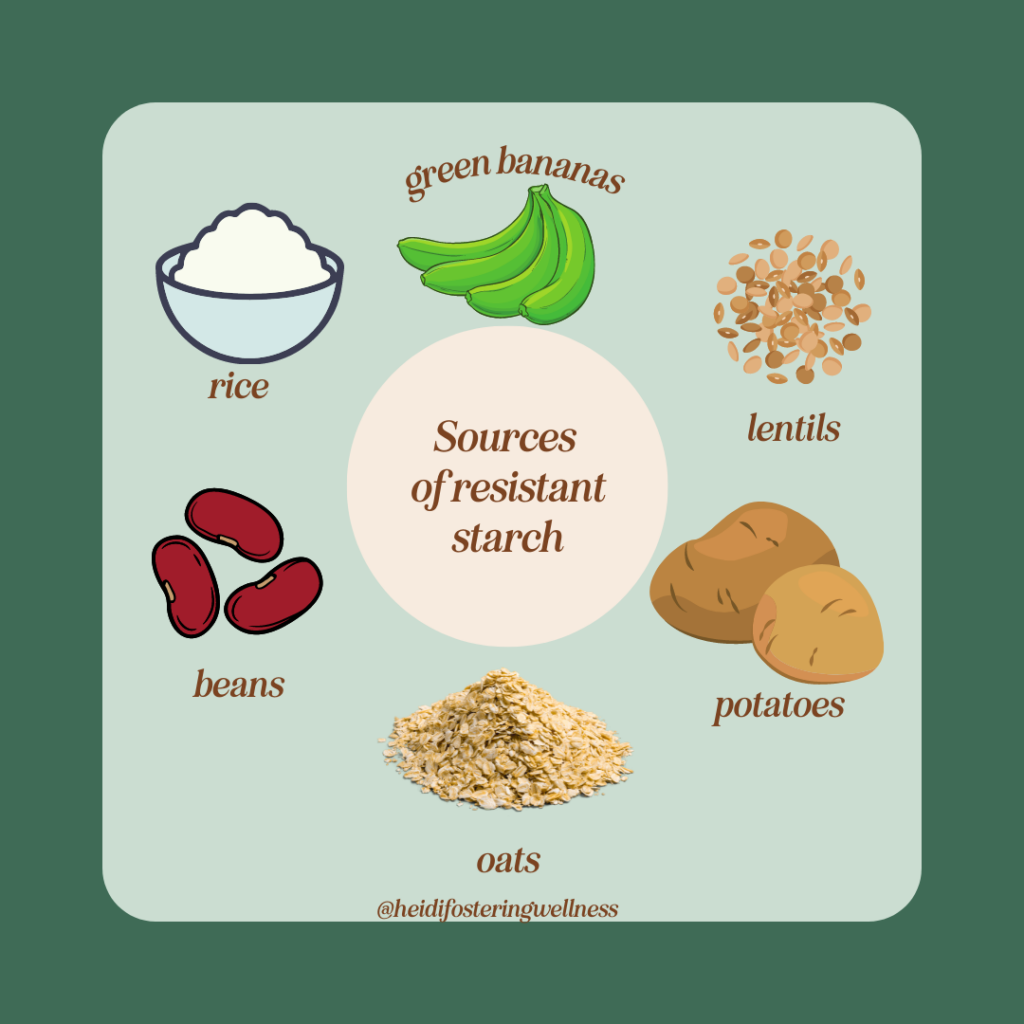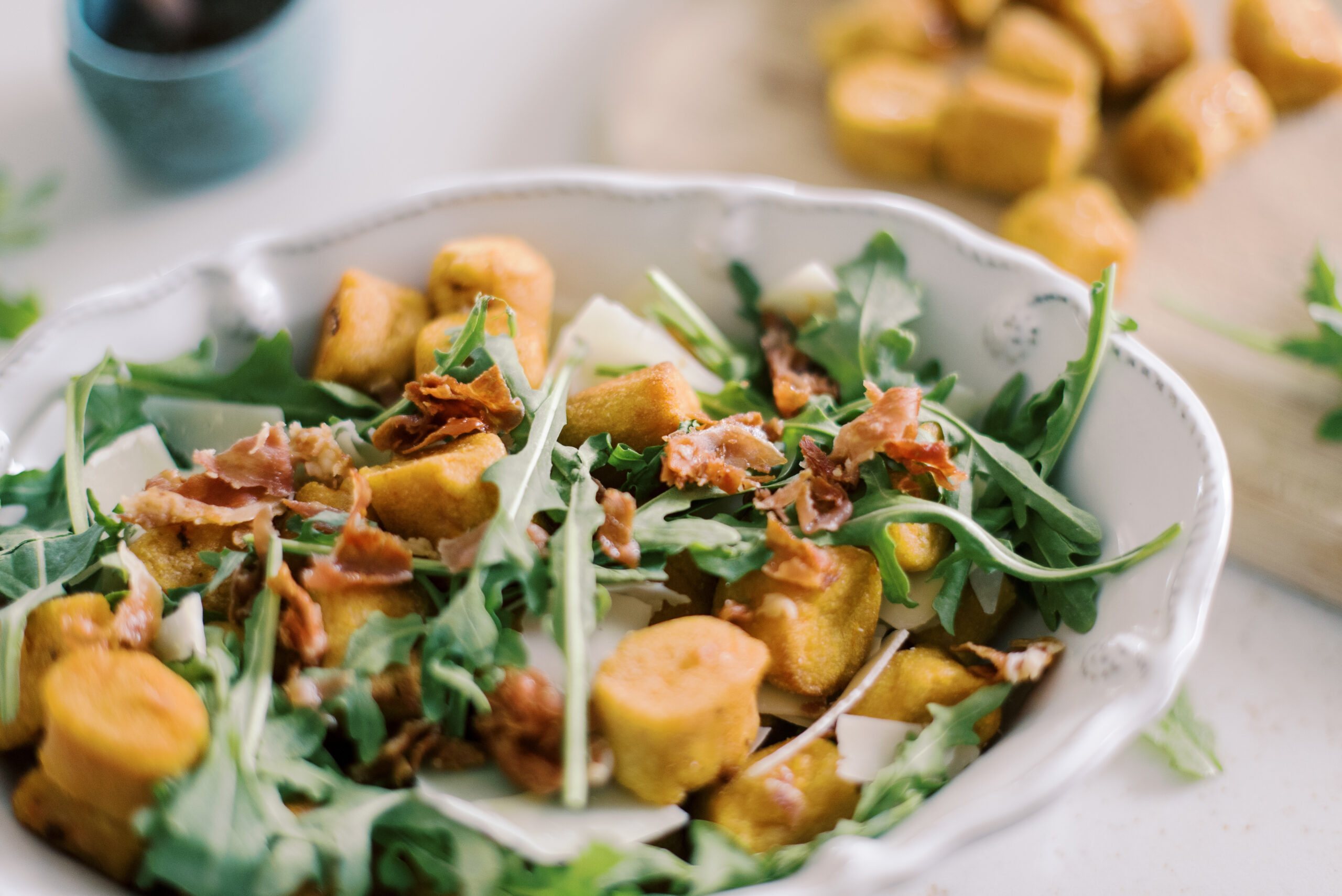If you are familiar with the gut health space at all, you may have heard of the term ‘resistant starch’ and thought ‘What the heck is that’?
Let’s back up a bit. Pretty much all of us are familiar with carbs, and starch is a form of carbs. In fact, most of the carbs that we eat are starches, like grains, potatoes, and pasta. Some forms of starch are more resistant to digestion than others, and the way that we cook these foods can alter the starch content that we ultimately are consuming.
When we cook these foods, certain types of starch found in them will break down in cooking, and they will get further broken down in digestion. But resistant starches are literally what the name sounds like, they are resistant to digestion. This is beneficial as this allows them to reach our large intestines where they ferment and produce beneficial gut bacteria. This helps to give our gut health a major boost!
Why is this important?
Resistant starches have a similar function to soluble fiber which is fermentable in the gut and helps to feed our beneficial gut bacteria. It also helps to increase the amount of short-chain fatty acids like butyrate in the gut, which has been shown to help prevent, and perhaps even treat, colon cancer!
What are other benefits of resistant starch?
Resistant starch has been shown to help with weight loss and improve the health of our heart, help manage blood sugar and insulin levels, and promote overall digestive wellness. It can help decrease constipation, work to lower cholesterol levels, and reduce gas and bloating.
How does cooking these foods affect resistant starch?
The way that we cook foods can definitely affect the starch inside of them. However, by letting cooked starches cool thoroughly, we can ‘reconstitute’ and recapture the starch inside of these foods.
Which food sources are high in resistant starch?
The top foods include oats, rice, barley, beans, legumes, potatoes, green bananas, and other cooked and cooled starches like pasta, or sweet potatoes. Brown rice may be particularly good for this since it has more fiber than white rice as well as more micronutrients like phosphorus and magnesium.
It’s important that these foods are all cooked first, and then cooled completely, to count as a resistant starch source.
What are easy meal prep ideas to get in more resistant starch in my diet?
Some ideas include making overnight oats since this allows your oats to cool overnight.
Or you could make a large batch of cooked rice, sweet potatoes, or pasta over the weekend and cool them in the refrigerator and eat them later with vegetables and your favorite lean protein source during the week!
You may be doing this already without even knowing that you are getting beneficial resistant starch in your diet. If not, you will probably discover that adding in resistant starches into your diet is a lot easier than you might have thought!
What ways are you going to try adding more into your diet?

© Copyright 2023 Fostering Wellness. All Rights Reserved. Site Credit.
